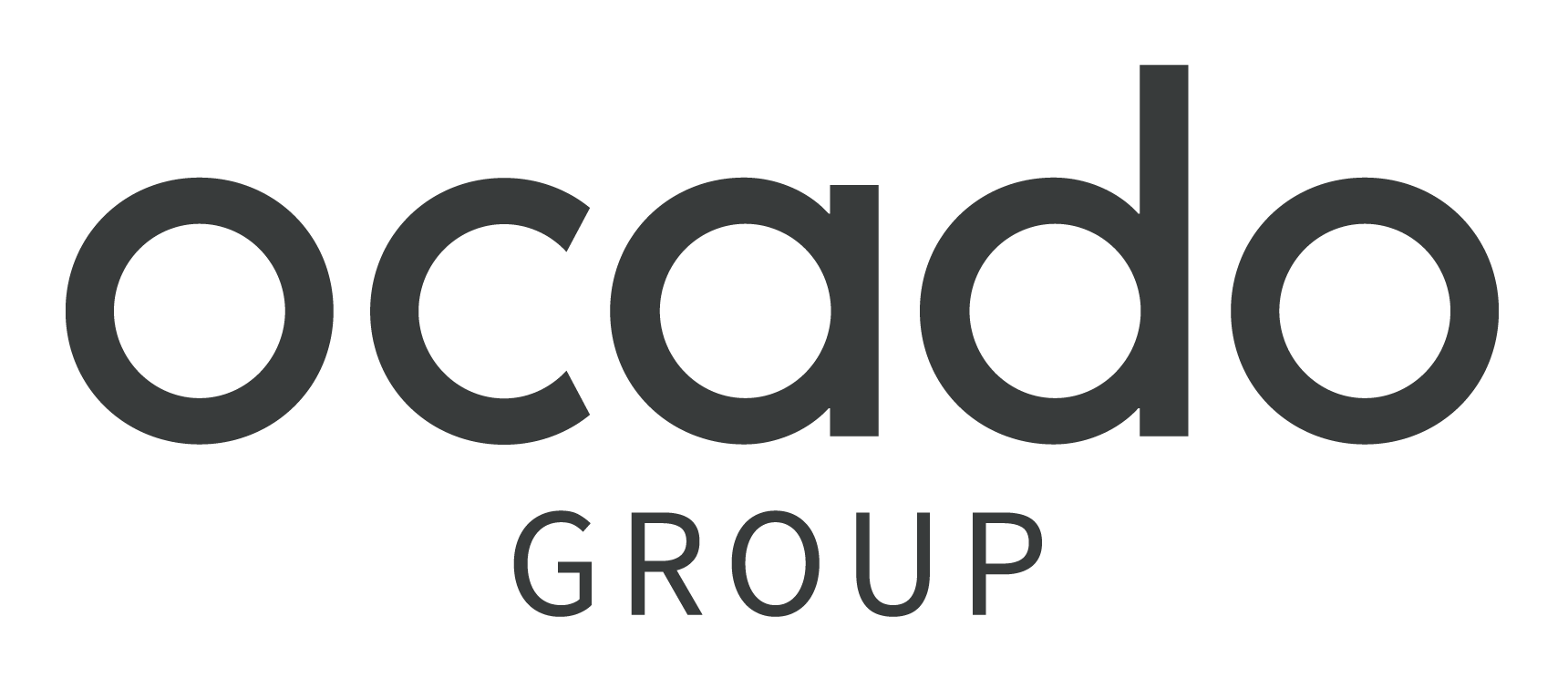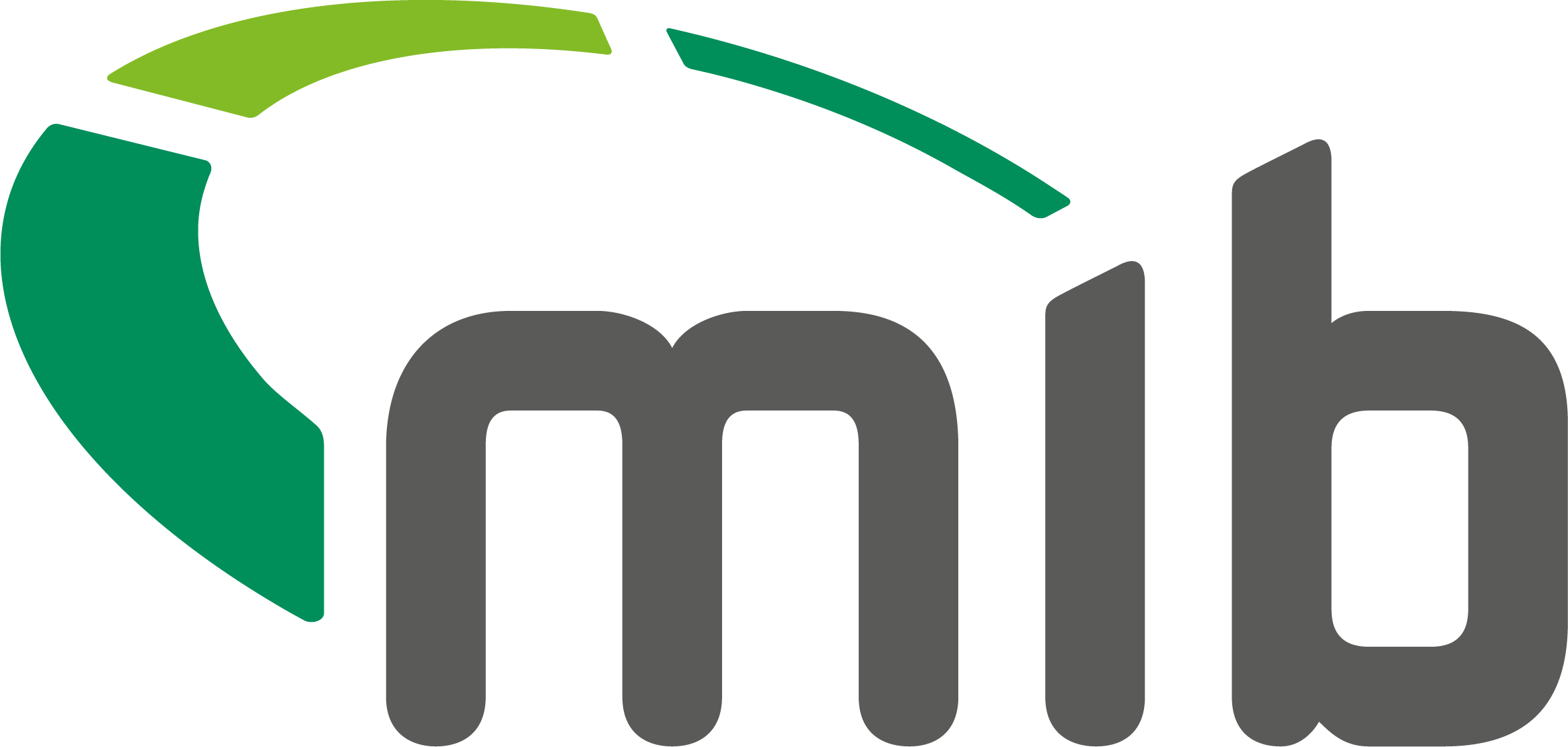How Salesforce rolled out global benefits technology in Latin America
Salesforce is a cloud-based CRM software. It makes it easier for companies to find more prospects, close more deals, and connect with customers in a whole new way – so they can provide them with an amazing service at scale.
“The most important achievement has been our ability to continually improve and streamline the employee experience with our benefits. Accessibility to information is crucial for us, and throughout our journey with Benefex, we have consistently enhanced this aspect. From an operational perspective, our ongoing collaboration with Benefex has made each new implementation simpler than the last. Benefex’s deep understanding of Salesforce means they know our approach, where our strengths lie, and where we have challenges (and we’ve also learned a lot from them!).”
Santiago Friedenthal, Senior Director, Global Benefits Strategy & Design, Salesforce
Objectives
Create a globally consistent employee benefits experience – while also catering to local nuances.
1
Eliminate manual processes involved in benefits administration in Latin America.
2
Reduce the volume of queries that the benefits team had to handle.
3
Interview
The Salesforce Success Story
What were you hoping to achieve with benefits tech in LATAM?
“Our initial focus was on creating a global approach, with the aim of establishing a consistent Salesforce experience worldwide.
Specifically, in LATAM – a region known for its bureaucracy – this represented a significant challenge.
Our primary objective was to eliminate the many manual processes involved in benefit administration. However, in many cases, this was not entirely possible due to the specific requirements imposed by local government agencies or the vendors themselves.
The experience was very important to us. We began implementing Benefex with the expectation that it would serve mainly as an informative tool, with manual administrative processes continuing as before. However, we soon started exploring ways to push the boundaries, working vendor by vendor to digitise the experience. While we are still on this journey and not yet at the level of automation we aspire to, the improvements we’ve achieved so far have been remarkable.
To share a few examples, the lunch voucher process in Brazil was previously managed via email; employees had to choose a combination of lunch and grocery vouchers. This process is now fully managed through Benefex. And a similar transformation has occurred with life insurance in Argentina.
Additionally, we aimed to reduce the volume of queries that the benefits team had to handle, and today, that goal has been realised.”
How does your benefits tech vary across different markets?
“We’ve aimed to create a consistent global experience while also recognising and accommodating local nuances and needs.
For instance, in terms of local culture, we decided that our OneHub portals would be configured in English, but in specific countries like France or Japan, we also provide the portal in the local language.
It’s important to acknowledge that the benefits environment, market maturity, and operations vary significantly across markets. In APAC for example, we needed to provide a flex fund and enable employees to see a flex credits balance, given the prevalence of flex funds in that market.
From a transactional perspective, some countries have a unique ID for everything, while others have multiple IDs. It was a challenge at the beginning to ensure the platform could support these varying requirements.
Additionally, the Salesforce benefits portfolios are a blend of our global benefits and local programs, typically with around a 50/50 mix. However, in more mature markets (from a benefits market perspective), there is greater prevalence of local programs, whereas in less mature markets, the global Salesforce programs dominate (with perhaps a 70/30 split in these cases). Therefore, part of our strategy has been to shape the platform to ensure a consistent experience, aligning our benefits value proposition and highlighting what’s most relevant in a given country.”
Reflecting on the rollout as a whole, what do you view as the biggest success?
“The most important achievement has been our ability to continually improve and streamline the employee experience with our benefits. Accessibility to information is crucial for us, and throughout our journey with Benefex, we have consistently enhanced this aspect.
From an operational perspective, our ongoing collaboration with Benefex has made each new implementation simpler than the last. Benefex’s deep understanding of Salesforce means they know our approach, where our strengths lie, and where we have challenges (and we’ve also learned a lot from them!).
Additionally, Benefex has been very attentive to our limitations as a client, particularly regarding the number of resources we can dedicate to a new implementation. They have been incredibly clever and supportive in navigating these constraints throughout our journey.”
What advice would you give to someone embarking on a similar journey?
“Planning, planning, and more planning – that’s the secret sauce. If you’re embarking on a similar journey, it’s critical to accurately assess the situation. Define your north star by setting clear goals in terms of scope, timeline, and other key factors. Then, understand the resources your company has available for this process. Success doesn’t happen by magic; it requires the allocation of resources and the establishment of clear priorities.
Lastly, be very clear about what you will need from Benefex. In addition to the standard support model they offer, which is quite strong, consider what else you will require in terms of your internal processes. Make sure to include all these elements in your planning and budgeting to avoid surprises down the line. Benefex does excellent work, but of course it’s not for free, so the more thoroughly you map out everything you’ll need from them, and the earlier you do this, the better you’ll be able to manage your resources.”
Ready to connect your employee experience?



























